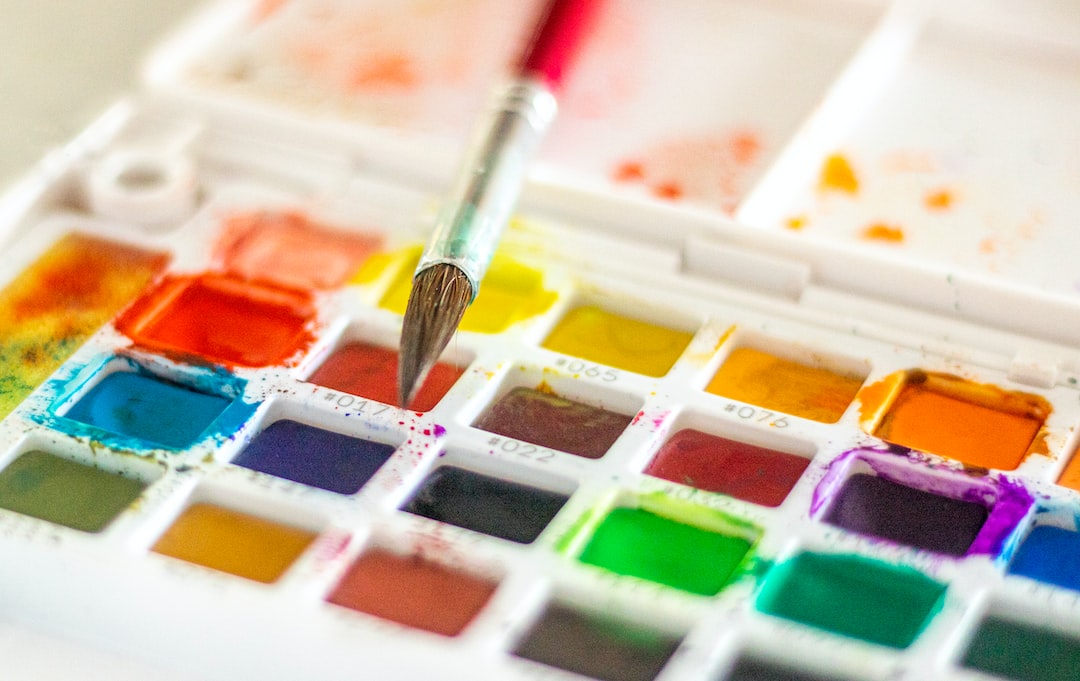Exploring Art Therapy: Enhancing Emotional Well-being through Creativity
In today’s fast-paced and high-stress world, finding effective ways to manage our emotions and maintain our mental well-being is becoming increasingly important. One approach that has gained recognition and popularity is art therapy. Utilizing the power of creativity, art therapy offers individuals the opportunity to express themselves, explore their emotions, and find healing through various forms of art.
Art therapy is a therapeutic modality that incorporates the use of visual art, such as drawing, painting, and sculpture, as a means of communication and self-expression. The process involves creating art under the guidance of a trained art therapist who helps individuals navigate and understand the emotions and thoughts behind their artwork. This form of therapy can be effective for people of all ages, from children to adults, and can address a wide range of emotional, psychological, and mental health issues.
One of the primary benefits of art therapy is its ability to provide a safe and non-threatening space for individuals to express and process their emotions. Many people find it challenging to put their feelings into words, especially when they are overwhelming or complex. Art therapy allows individuals to externalize their emotions and experiences through art, enabling them to communicate what words alone cannot convey. Through the creative process, individuals can explore and make sense of their feelings, leading to a deeper understanding and acceptance of their emotions.
Engaging in art therapy also provides opportunities for self-reflection and introspection. The act of creating art requires individuals to connect with their inner selves, which can lead to increased self-awareness and insight. As individuals delve into the creative process, they may uncover hidden emotions, memories, or beliefs that were previously unknown or unaddressed. This self-discovery can be a catalyst for personal growth and transformation, helping individuals to develop a stronger sense of self and a clearer understanding of their own needs and desires.
Moreover, art therapy has been found to be particularly effective in helping individuals manage stress and anxiety. Engaging in the creative process can be a form of active meditation, allowing individuals to focus their attention on the present moment and shift their focus away from stressors or worries. This process helps to calm the mind and relax the body, promoting a sense of peace and tranquility. Additionally, the act of creating art releases endorphins in the brain, which are natural mood-enhancers that can reduce feelings of anxiety and improve overall emotional well-being.
Art therapy also encourages individuals to develop coping skills and healthy mechanisms for dealing with emotions and stress. Through art, individuals can experiment with different techniques, materials, and forms of expression, which can help them explore new ways of coping with challenges in their lives. This can be particularly beneficial for children or individuals who struggle with verbalizing their emotions or finding healthy outlets for their feelings. The skills developed through art therapy can be applied outside of the therapeutic setting, giving individuals a valuable tool for managing their emotions and maintaining their mental health.
Furthermore, art therapy is an inclusive and accessible form of therapy that transcends language barriers and cultural differences. Art is a universal language that can be understood and appreciated by individuals from all walks of life. Regardless of one’s age, background, or ability, everyone has the capacity to engage in art and benefit from its therapeutic effects. Art therapy can be tailored to suit different needs and preferences, allowing individuals to choose the form of art that resonates with them and supports their emotional well-being.
In conclusion, exploring art therapy can be a transformative journey towards enhancing emotional well-being through creativity. By utilizing the power of art, individuals can express and process their emotions in a safe and non-threatening environment, leading to a deeper understanding of themselves and their emotions. The benefits of art therapy extend beyond emotional healing and can also help individuals manage stress, develop coping skills and enhance self-awareness. By embracing art therapy, we open ourselves to a world of creative possibilities that can positively impact our mental health and overall well-being.
